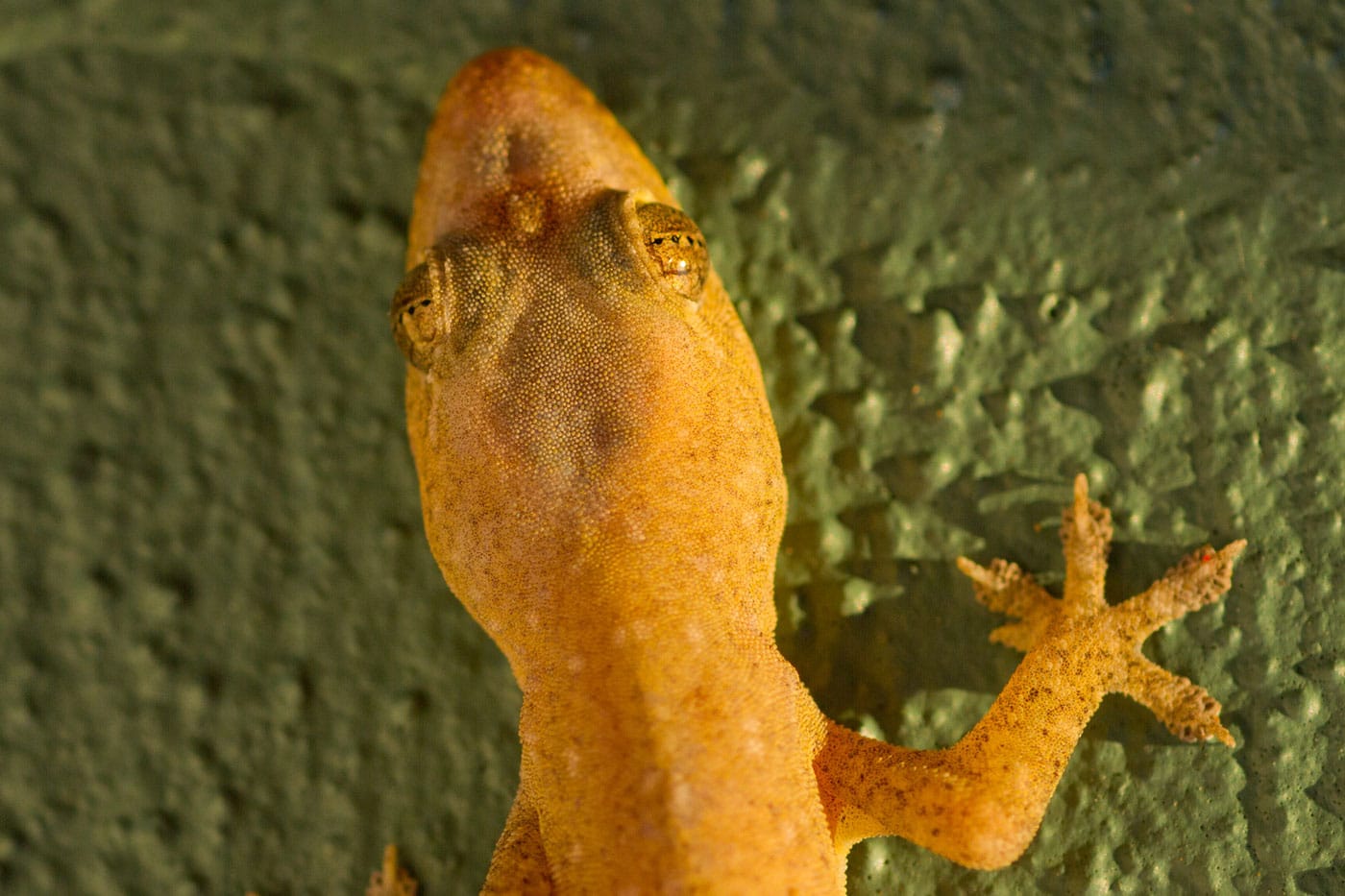Table Of Content

In Texas, a sample of 136 geckos revealed parasites in 52 individuals. These parasites included one species of liver fluke Mesocoelium meggitti and three tapeworms Mesocestoides, Oochoristica ameivae and Oochoristica scelopori. Roundworm parasites included Cosmocercoides variabilis, Oswaldocruzia pipiens, Parapharyngodon cubensis, and Physaloptera larva.
Natural Habitat

One key aspect of conservation is the protection and preservation of natural habitats. Efforts are being made to designate protected areas and create wildlife corridors to connect fragmented habitats. These measures aim to provide the geckos with sufficient space to live and reproduce. Another threat to the Mediterranean House Gecko is the introduction of invasive species.
Feeding Your Mediterranean House Gecko
However, if you want to give your gecko tank a bit of a natural look, you can use reptile carpet as a substrate. Like most gecko species, Turkish geckos also use their tails to distract the predators that might be onto them. Therefore, always try to make sure that you are giving your little fells some space and not overhandle them. Therefore, if you have been thinking of getting a Mediterranean House gecko, you must first familiarize yourself with this unique gecko species. Continue reading to know all about the Mediterranean House gecko—origin, appearances, housing, and health issues.
How Many Geckos Can Live In an Enclosure Together?
The Mediterranean House Gecko is typically light brown or sandy yellow in color but this can vary quite a lot. Some of the other lizards in this genus include the Giant Leaf-Toed Gecko, the White-Striped Viper Gecko and the Asian House Gecko. The genus that the Mediterranean House Gecko belongs to is called Hemidactylus. This is a large genus of Geckos with over 100 different recognised species.
However, they may not provide as much enrichment as other substrates. Mediterranean geckos reach puberty at the age of 5 – 6 months and will reproduce all year round. The male will approach the female and touch her with his snout or bite her neck. Mediterranean House gecko will drop its tail if it feels threatened. Tail loss in geckos may also happen when they become over-stressed. But don’t worry, it will grow back; you will just have to make sure that your gecko eats lots of food and is comfortable as it grows back.
Mediterranean House Gecko Care Guide: Origin, Appearances, Diet, Housing, and Health Issues
By prioritizing their wellness, you can enjoy many years of companionship with these captivating reptiles. Preventive care plays a significant role in maintaining the overall health and wellness of your Mediterranean House Gecko. By implementing a few simple measures, you can help prevent many common health issues and ensure a long and happy life for your gecko.
5 Invasive Species You Can See Everyday In the US - Greener Ideal
5 Invasive Species You Can See Everyday In the US.
Posted: Sat, 20 Jan 2024 08:00:00 GMT [source]
Calcium supplements and UVB bulbs specifically designed for reptiles can help ensure that your gecko receives adequate nutrition and UV exposure. By understanding the average lifespan and potential health issues for your Mediterranean House Gecko, you can provide the best possible care for your pet. Keep track of your gecko’s diet, temperature, and humidity levels to ensure they have a long and healthy life.
Overall, the interactions between humans and the Mediterranean House Gecko are complex, with both positive and negative aspects. Finding a balance between coexistence and conservation is crucial to ensure the long-term sustainability of both human habitats and the natural environment. The Mediterranean House Gecko, with its ability to adapt to various environments, has become a common sight in human dwellings. These geckos are often found in houses, especially in warmer regions where their preferred temperature ranges are met. Their small size and nocturnal nature allow them to hide and thrive within buildings without much notice from humans. In fact, many people may not even be aware of their presence until they come across one unexpectedly.
Juveniles should be fed daily, while adults can be fed every other day. Juveniles should be allowed to eat as much as they want per meal, while adults should only get about as many feeders as they can eat in a 5-minute period. Only 2″ / 10cm should be needed, unless you are putting plants directly into the substrate. For a 12″ x 12″ enclosure, that will take at least 5 quarts of substrate. Light sources should be turned on for 12 hours/day, or better yet, synced with your local sunrise and sunset times. The easiest way to do this is by using a smart timer (I’ve been happy with Kasa).
The best thing you can do is create a natural setup that mimics a lush environment. Thanks to their distinct look, Mediterranean house geckos are easy to distinguish from other types of geckos. While they have many of the same hallmarks, like sticky toe pads and cylindrical bodies, this species has an eye-catching color.
Once the eggs are ready to hatch, the baby geckos will use their egg tooth, a small protrusion on their snout, to break free from the eggshell. It is important not to interfere with this process, as the hatchlings need to complete it independently to strengthen their muscles and develop properly. While Mediterranean House Geckos are generally hardy and resilient creatures, they can still be susceptible to certain health issues. It is important to be aware of these potential problems so that you can address them promptly and effectively.
Dominant, territorial males make this noise when males, females, or a bunch geckos are around them. Long, noisy squeaks are generated during defense or conflict with another species. Throughout early development, Mediterranean house gecko eggs that vary in color depending on stage of development. Mediterranean house gecko egg length ranges between 10.4 – 11.7 mm.
Unlike Leopard geckos, who have non-sticky paws, Turkish geckos have sticky toe pads. They use their sticky feet to climb on almost all surfaces—they can climb well on the glass as well. So you should have a screen lid on the top of their tank so they don’t escape by climbing to the top. Other gecko species, like Satanic Leaf Tailed Gecko, also have sticky toe pads.

No comments:
Post a Comment